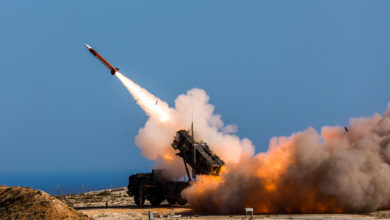US lawmakers are considering creating a new army branch dedicated solely to unmanned aerial systems (UAS).
The proposal is part of a fiscal 2025 defense authorization bill prepared by the House Armed Services Committee and slated to be voted on next week.
If approved, the new branch will have primary responsibility over small and medium drones, or those weighing no more than 1,320 pounds (598 kilograms).
Additionally, the “Drone Corps” would focus on integrating counter-UAS systems and developing strategies to bolster the US Army’s counter-drone capabilities.
Like other army branches, it would include a chief, along with commissioned and non-commissioned officers.
The US Army currently has 22 specialty branches responsible for an array of missions, including air defense, artillery, and transportation.
Learning From Ukraine
The move comes a few months after Ukrainian President Volodymyr Zelensky ordered the creation of a separate military branch for drone warfare.
He made the decision after seeing the combat success of unmanned systems in neutralizing various Russian targets and aiding reconnaissance missions.

With its own drone branch, the US Army could increase specialized training and innovation to address increasing drone threats.
It would also allow for ramped up and more focused recruitment of drone operators, who are highly needed in modern warfare.
The establishment of a new drone branch is not guaranteed, but the initiative reportedly has high likelihood being adopted.
Opposition
Despite the proposed branch’s relevance, US Army Undersecretary Gabe Camarillo said the move is not necessarily warranted right now.
He further stated that the specialized structure could negatively affect current efforts to bring in UAS capabilities to soldiers and adopt them more widely across the service.
“Operating and defending against the drone threat is something that will be experienced by, you know, all formations at multiple echelons,” he said.
“Specializing a singular drone branch to get after the operation of these capabilities runs counter to what we have been focused on, which is ensuring that we are experimenting with different parts of different formations to understand how best to employ them to achieve the battlefield effects that we want to have.”












